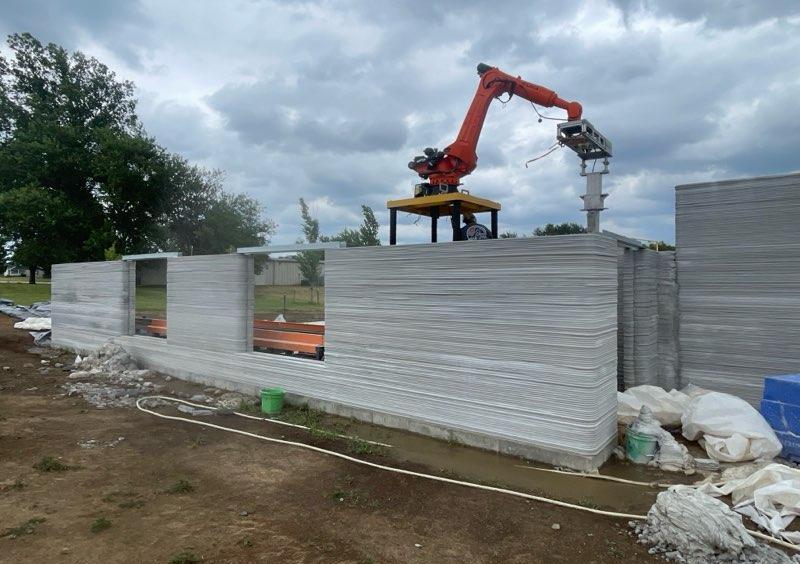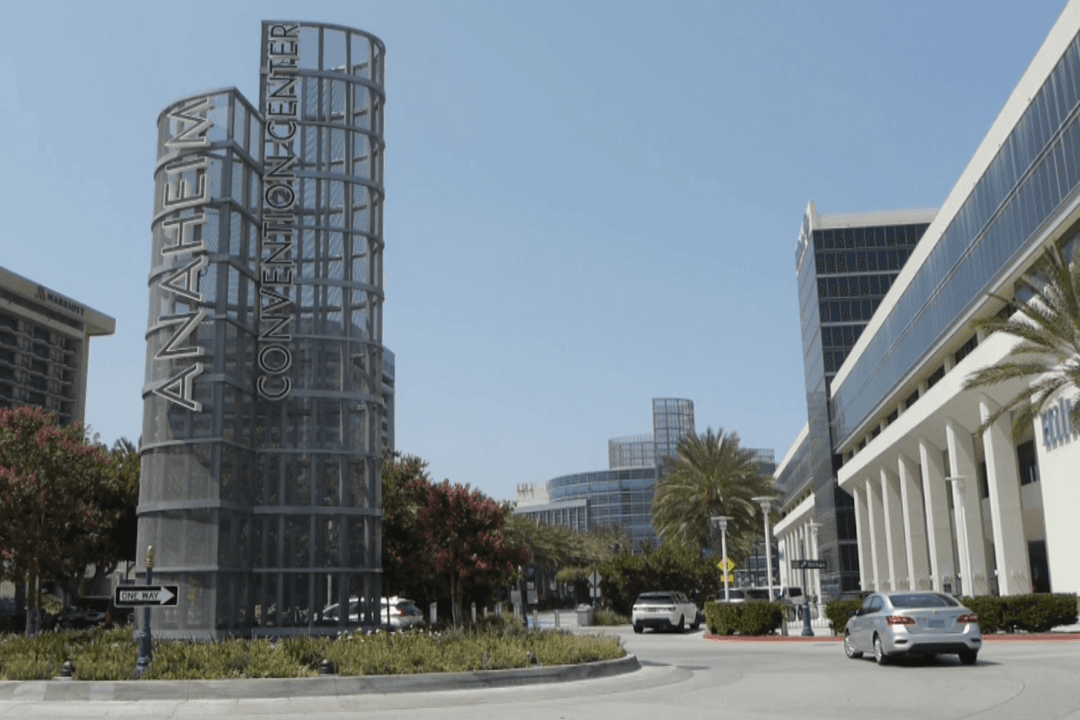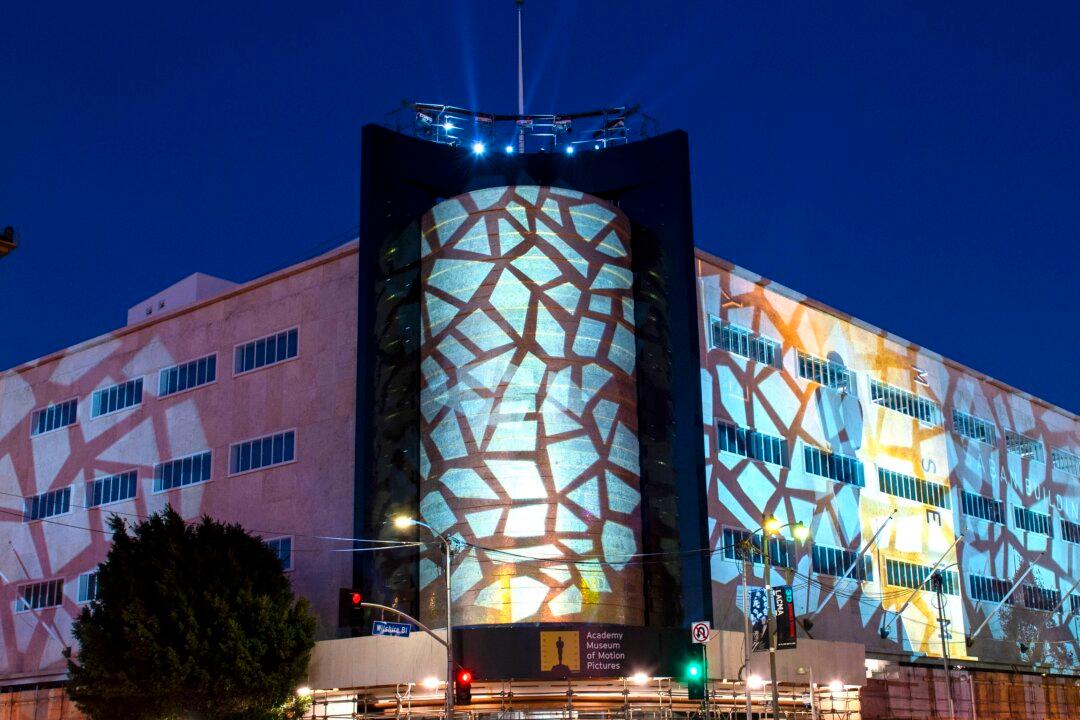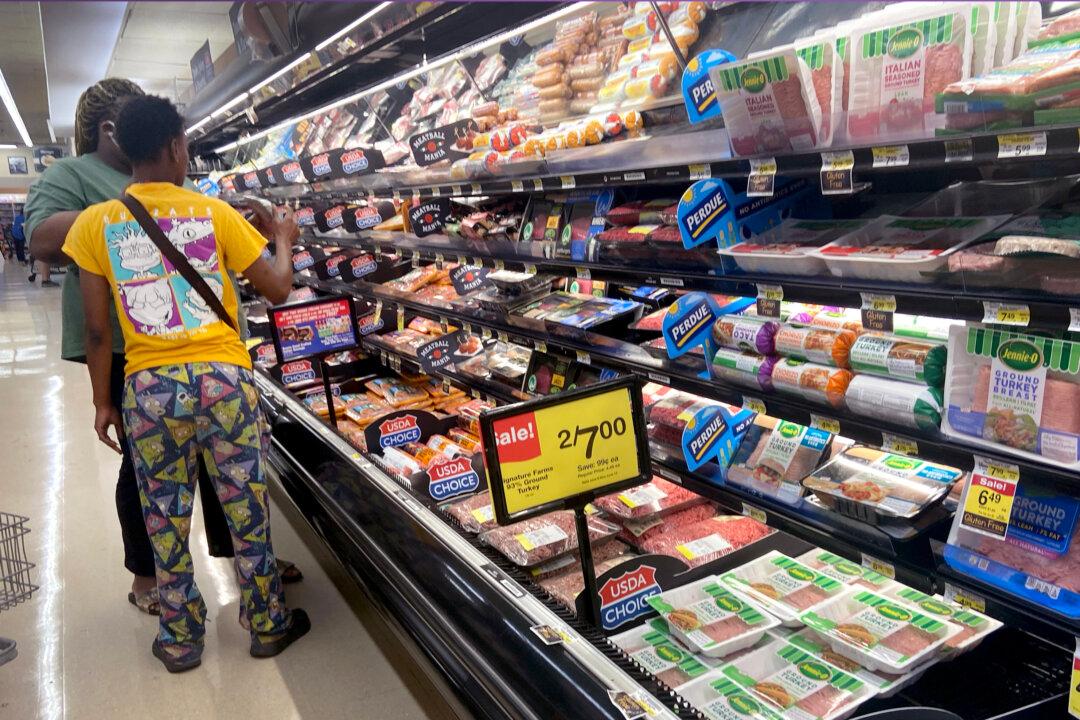Construction began in early February in Walnut, California on the state’s first fire-resistant, on-site 3D-printed concrete accessory dwelling unit (ADU), according to the construction company.
The home will feature non-combustible concrete walls and a steel roof with Sure-Board material, which is non-combustible roof sheathing.




